20 Foods With Way More Calories Than You Think
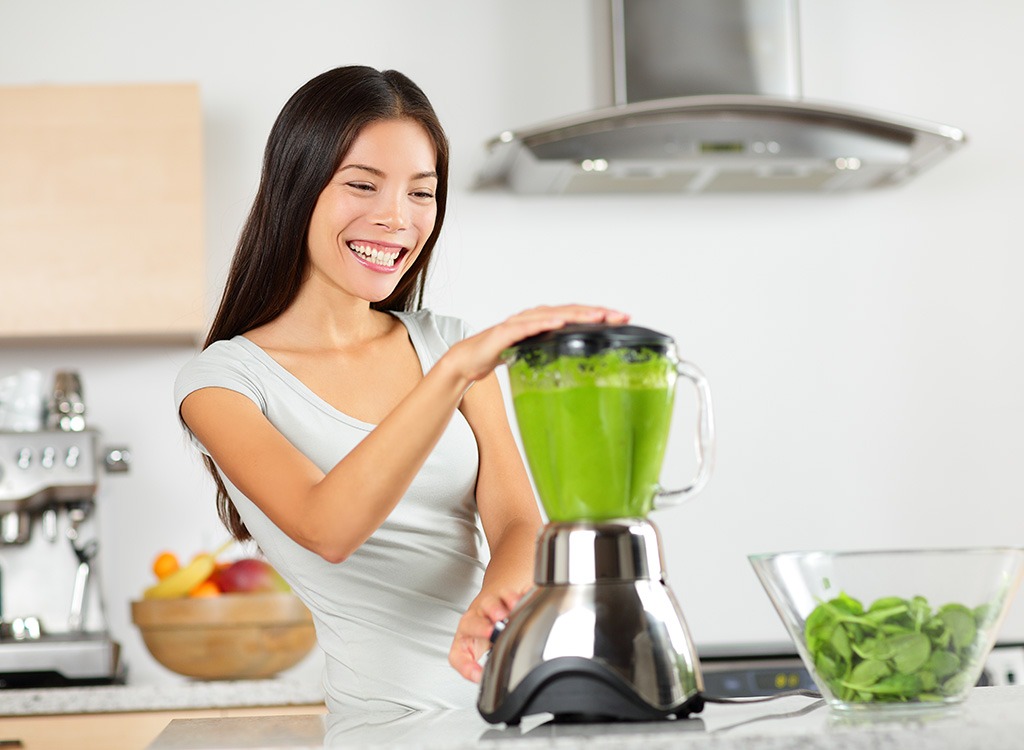
“Kale for lunch?” I asked my friend Joanna, as she pulled me into the local salad bar.
“Yup,” she answered. “I’m on a diet, so keeping my calories in check.” She picked some kale, and topped it with Craisins, avocado (for its healthy fats), walnuts, and grilled chicken with French dressing. “Low-cal, right?”
“More like d’oh-cal,” I said. “You made some healthy choices—but 700 calories worth!”
It’s hard to blame her. Even when you manage to avoid bread, cheese, and all the fried add-ons, you can still walk out with a salad with nearly twice as many calories as the ideal. That’s because even the healthiest foods can be packed with way more calories than you think.
To help you navigate the salad bar—and other “healthy” situations—our team at Eat This, Not That! put togther this list of 20 foods that have a surprising amount of calories. Choose wisely and then keep on keeping on with these 42 Ways to Lose 5 Inches of Belly Fat.
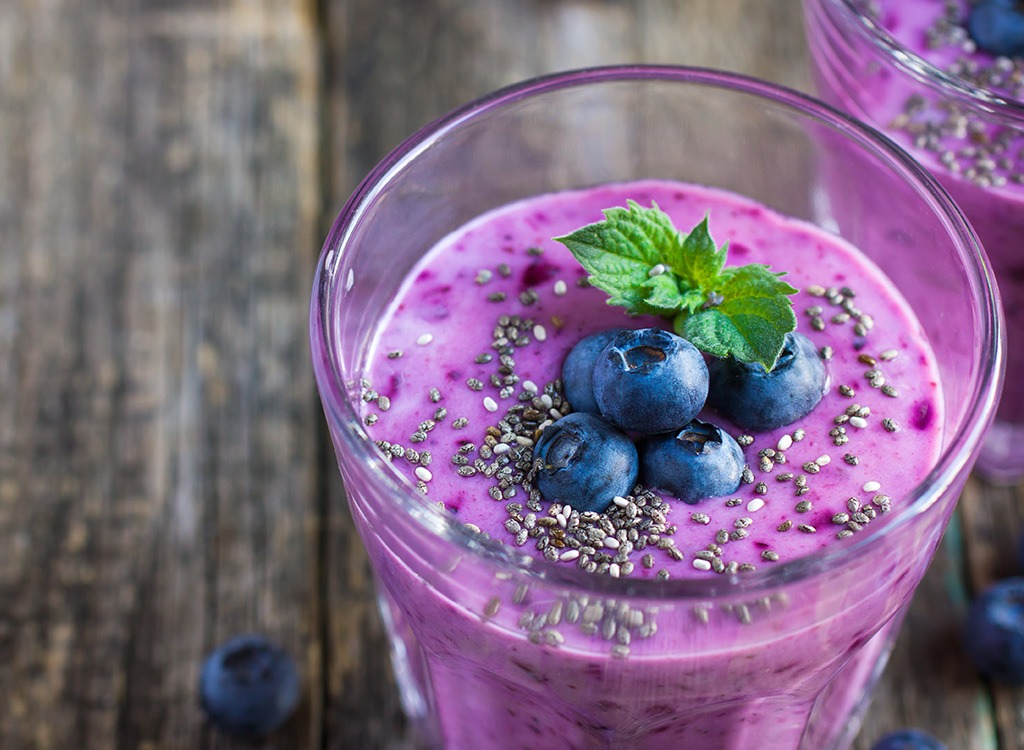
The Wrong Smoothies
Average calories per serving: Varies, but some can cost you 1,000 calories!
The right smoothies can be weight loss at the press of a button; the wrong ones simply pop your buttons. It’s all about the ingredients. Smoothies made from fruit juice are essentially liquid sugar that spikes your blood sugar, and many flavored varieties are basically ice cream (Jamba Juice’s Peanut Butter Moo’d Smoothie is 980 calories!). In his book Zero Belly Smoothies, Dave Zinczenko offers 100+ weight loss recipes, including smoothies for dessert after dinner. “Each one has the perfect ratio of protein, healthy fats and fiber,” he says.
Eat This, Not That! tip: Add dark chocolate, which contains a high percentage of pure cocoa butter, a source of saturated fat called stearic acid that slows digestion.
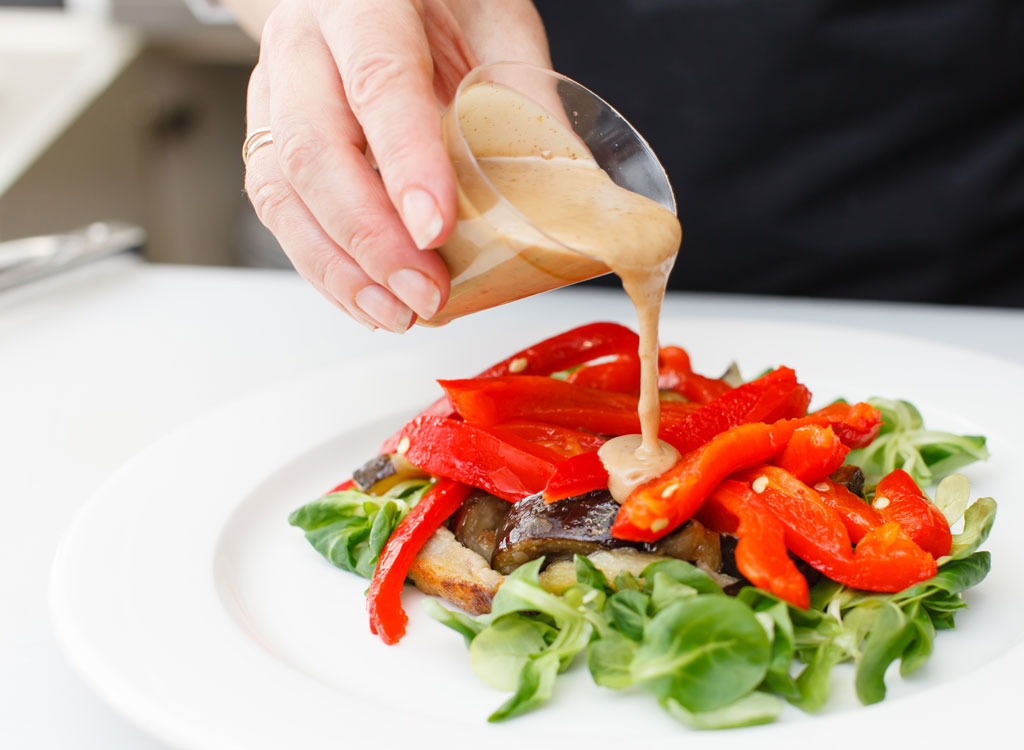
Salad Dressing
Average calories per serving: 100-200 calories
We don’t often think about the calories in salad dressing because it’s just a small meal enhancement meant to add flavor, but if you smother your veggies in the stuff you could easily be adding a few hundred calories to your meal without realizing it. A tablespoon of ranch dressing contains 145 calories, and the same amount of Thousand Island dressing has 111 calories.
Eat This, Not That! tip: Since the average salad can contain up to five tablespoons of dressing, which can add an additional 725 or 555 calories to your diet, respectively, stick to a small amount of olive oil and balsamic vinegar instead.
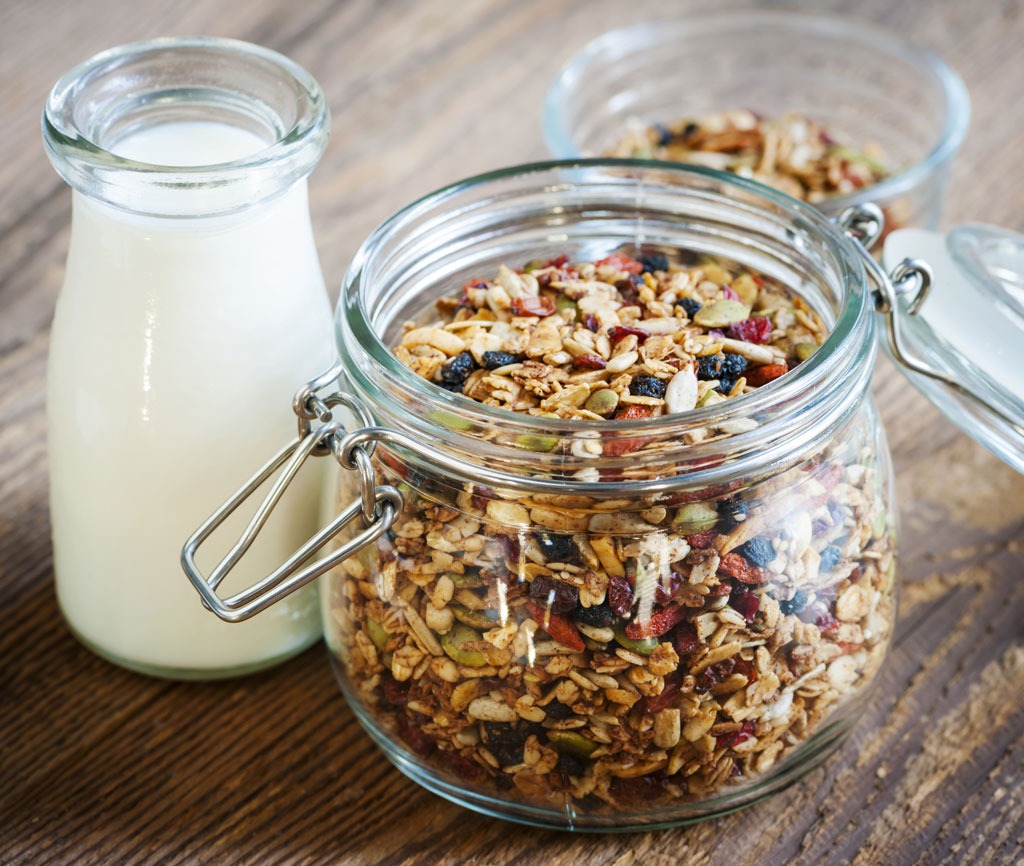
Granola
Average calories per serving: 210 per ½ cup
Don’t be blinded by the health halo: Granola starts out healthy—with belly-filling fibrous oats—but by definition the oats are rolled in sugar, sweeteners, dried fruits or fatty nuts, which hide added sugars and calories. Nature Valley Crunchy Granola Protein Oats ‘N Dark Chocolate, for example, has 210 calories per 1/2 cup, and 14 grams of sugar. If you must indulge, choose one with more fiber than sugar, like KIND Healthy Grains Vanilla Blueberry Clusters, which also has 210 calories, but only 5 grams of sugar.
Eat This, Not That! tip: For a complete list of Eat This, Not That!-approved brands, click here for The World’s 10 Healthiest Granolas!
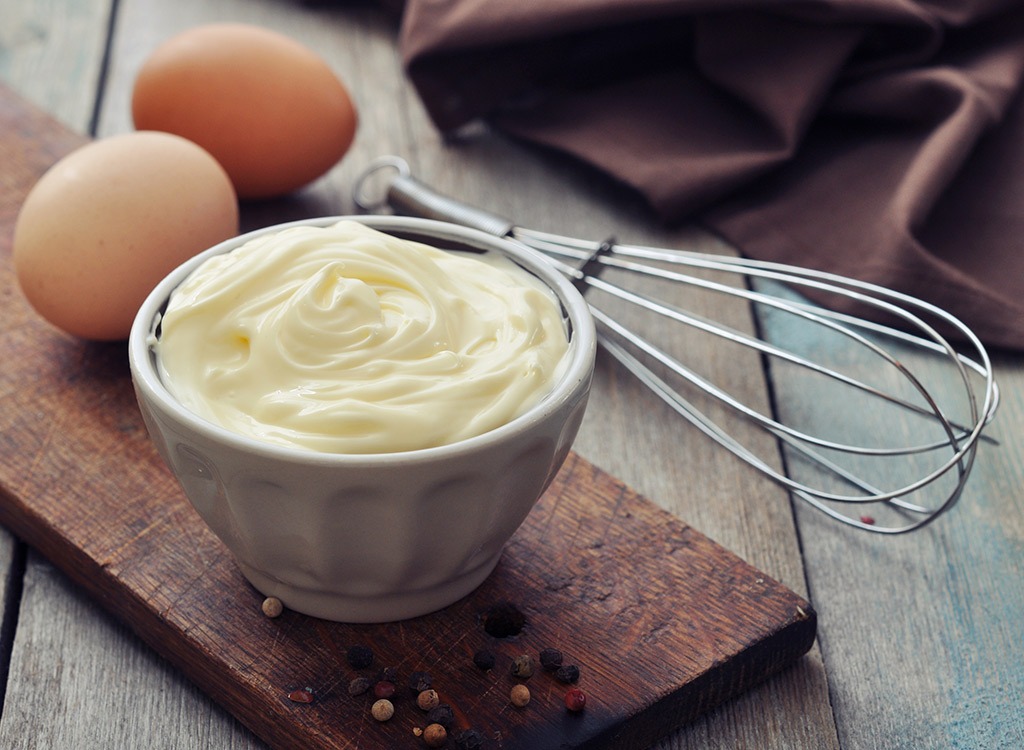
Mayonnaise
Average calories per serving: 180 calories per 2 tablespoons
Since, like salad dressing, mayonnaise is often an addition to a meal, we often forget to take into account how many calories it has. While the popular condiment may be a sandwich staple, spreading just two tablespoons on your bread can add more calories than the meat itself.
Eat This, Not That! tip: If you’re looking to dress up your sandwich, put mustard on it instead. It’s more flavorful than mayo has just five calories per teaspoon. In fact, a teaspoon of mustard can boost metabolism by up to 25 percent for several hours, according to English researchers. Just make sure you’re eating pure mustard, not the sweetened, honey mustard stuff!
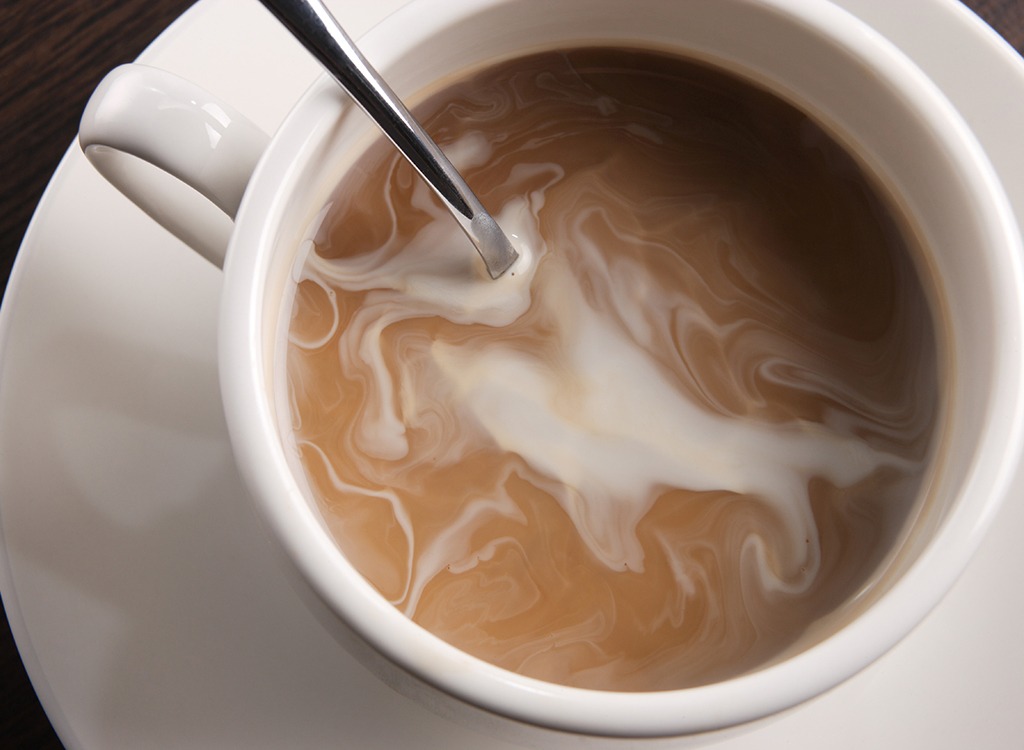
Coffee Creamer
Average calories per serving: 130
A plain cup of black coffee has two (yes, two) calories, but if you add flavored coffee creamer to your morning cup of joe you’re exponentially increasing the caloric damage. A tablespoon of Coffee Mate’s Salted Caramel Chocolate creamer is 35 calories and has no nutritional value whatsoever. If you drop two tablespoons of the stuff in your coffee per day, that’s an extra 490 calories a week.
Eat This, Not That! tip: Always bet on black.
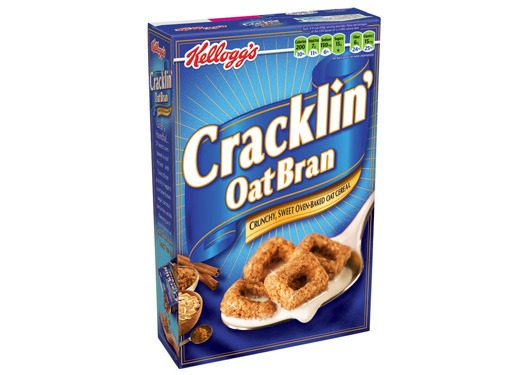
“Healthy” Cereal
Average calories per serving: 160
You know enough to stay away from the obviously sugary cereals like Froot Loops and Honey Smacks, but there are plenty of healthy-sounding cereals that pack a very similar caloric punch. Take Kellogg’s Cracklin’ Oat Bran, for example. One cup has 267 calories and 19 g sugar. The sugar alone is a warning sign, but Cracklin’ Oat Bran also comes with a dose of palm oil, which suppresses your appetite-control hormones.
**Eat This, Not That! Tip: Avoid these 20 Worst “Healthy” Breakfast Cereals!
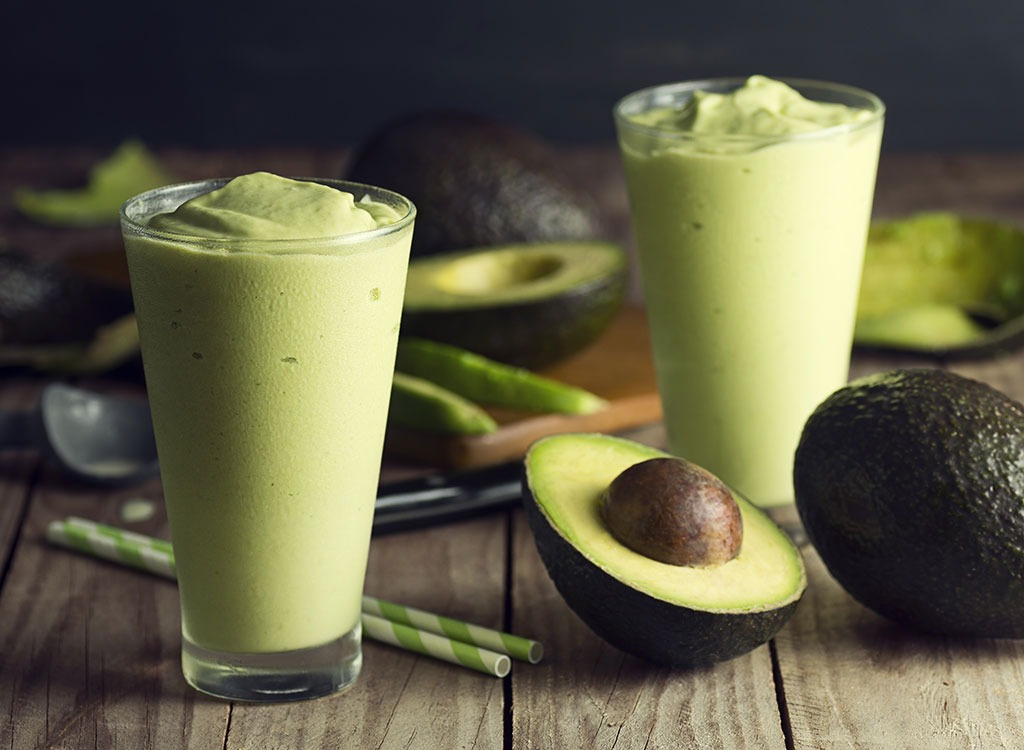
Avocado
Average calories per serving: 234 per cup
Avocado has plenty of nutritional value (it’s heart-healthy and potassium-rich!)—we love them. But they’re also very high in calories. A large avocado can contain as many as 400! Still, no other fruit is credited with spot-reducing belly fat, warding off hunger, boosting nutrient absorption, lowering cholesterol and fighting free-radicals.
**Eat This, Not That! Tip: Avocados best known for their high healthy fat content—9 percent!—and it’s this richness of monounsaturated and oleic fatty acids that makes avocado one of the overall healthiest entries on this list despite being high in calories. Check out these avocado-based recipes.
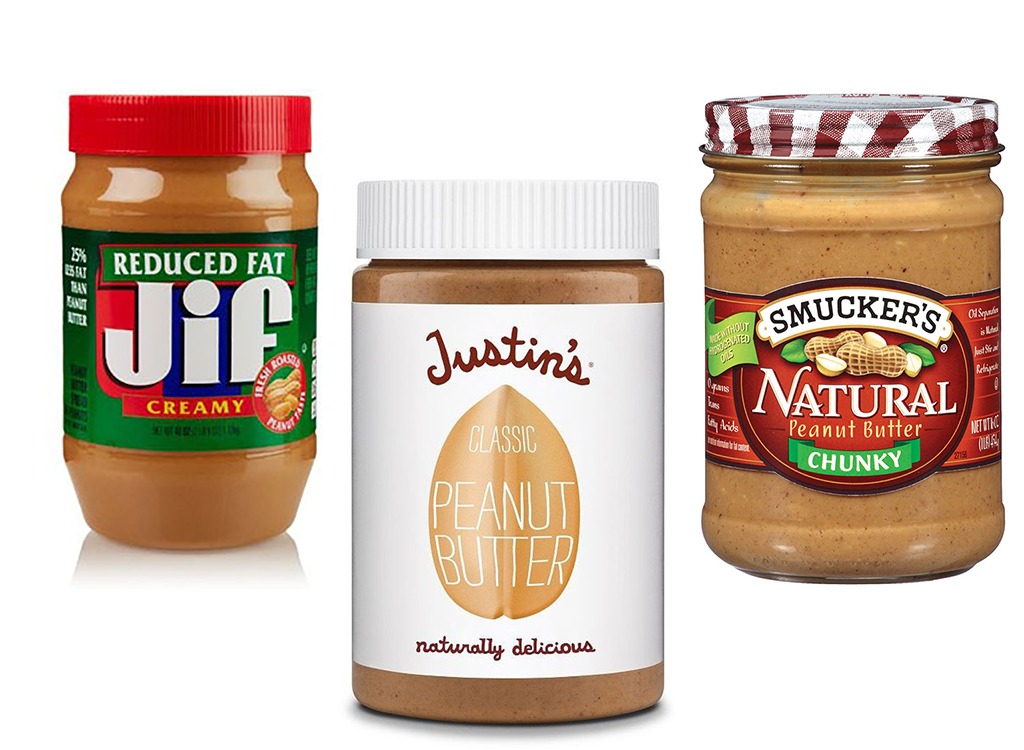
Nuts and Nut Butters
Average calories per serving: Varies, but some nut butters have 200 calories per 2 tablespoons
Like avocados, nuts are healthy but high in calories. Just one ounce of macadamia nuts have 201 calories, and pecans, Brazil nuts, and walnuts aren’t much better. Still, nuts are a great snack, or salad add-on, because many varieties are high in fiber and low in sugar. Be more careful with nut butters, however, which can contain unnecessary added sugar, often equating to extra calories. One tablespoon of almond butter has 98 calories to peanut butter’s 94, but a spoonful of almond butter gives you three times as much vitamin E as the same amount of peanut butter so stick with the almonds.
**Eat This, Not That! Tip: Here’s our list of The Worst Nut Butters.
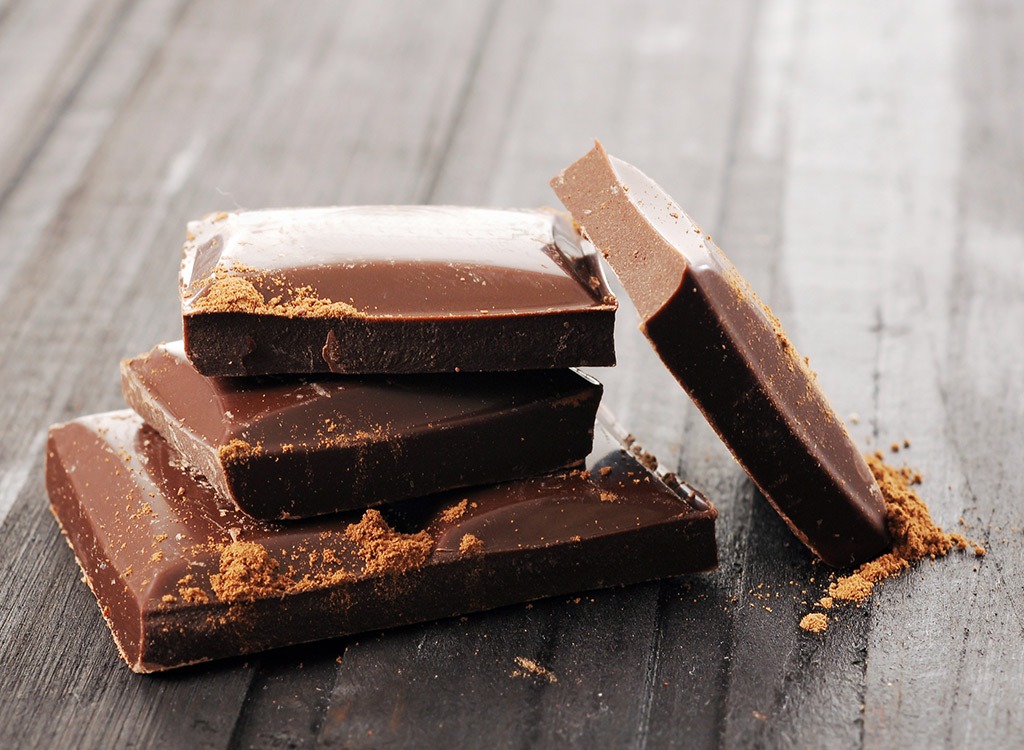
Dark Chocolate
Average calories per serving: 170
While dark chocolate is better for you than its often less-sweet white and milk chocolate counterparts, it’s still, you know, chocolate. Dark chocolate with 70-85% cacao contains around 167 calories per ounce, and that’s without any added nugget, caramel, nuts, etc. which can quickly add to the calorie count.
Eat This, Not That! Tip: If you’re craving something sweet, reach for some fiber-rich fruit instead, and add just a square of the right dark chocolate.
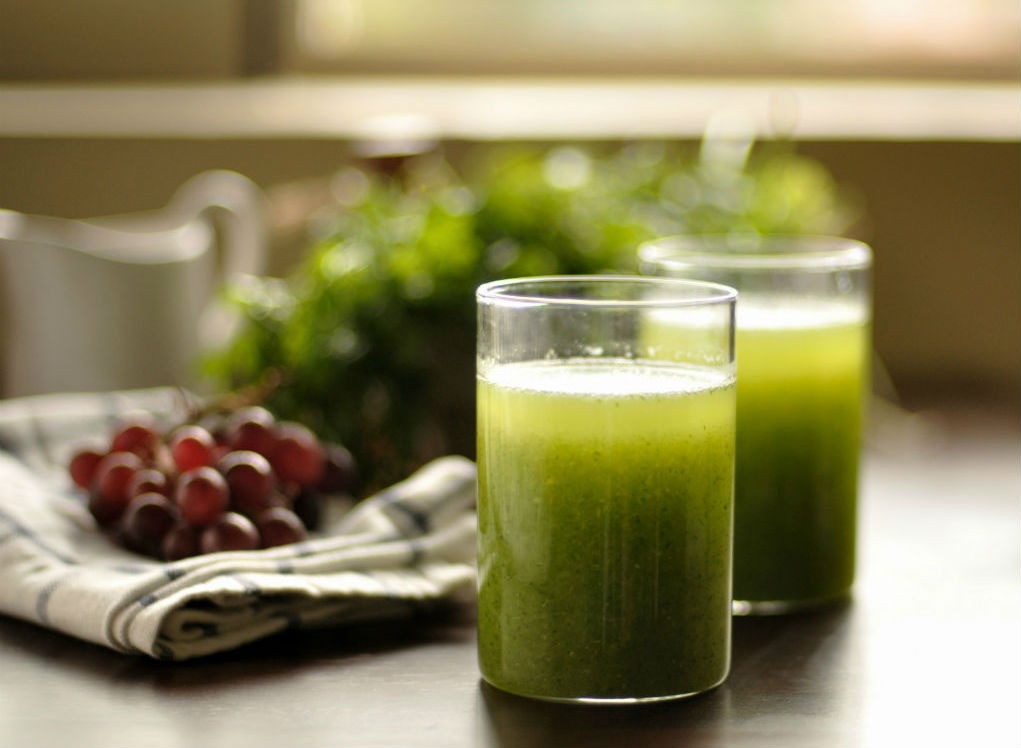
Dried Fruit and Fruit Juices
Average calories per serving: 130 and up
Dried fruits like raisins are considered a calorically dense food, meaning you can consume a lot of calories by ingesting only a small amount. For example, one small 1.5-ounce box contains 129 calories. Dried fruits also contain a lot of sugar, so think twice before nibbling on them as an afternoon snack or tossing them into a salad. Fruit juices are also high in sugar and calories, so if you feel a craving for fruit coming on opt for the real deal instead.
Eat This, Not That! Tip: Fresh fruit isn’t calorically dense (you can eat two full cups of grapes for the same amount of calories as that box of raisins) and it’s a great source of fiber.
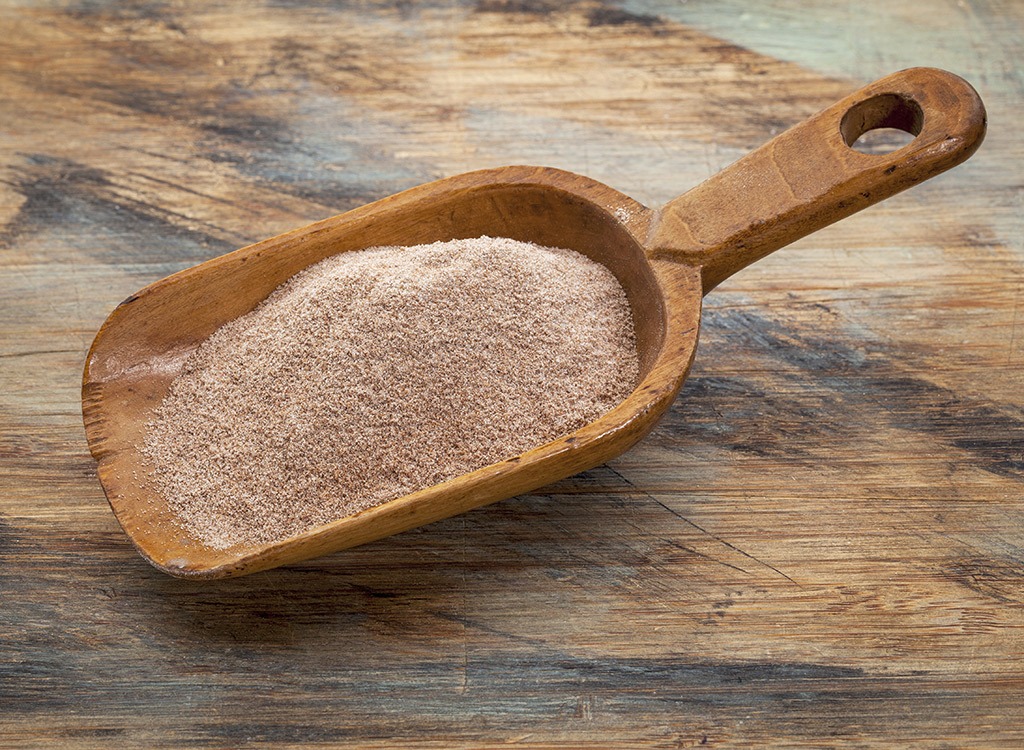
Whole Grains
Average calories per serving: 220 and up
Whole grains are considered a healthy alternative to their processed counterparts, but the calorie count is often very similar or no different at all. A trendy grain like quinoa, while rich in protein, has 222 calories per cooked cup, putting it on par with brown rice (which has around 218 calories per cup). And most commercially prepared whole-wheat bread, for example, contains the same amount of calories (sometimes even more) than white bread.
Eat This, Not That! Tip: But the best of these Best and Worst Bread Brands next time you do a shop.
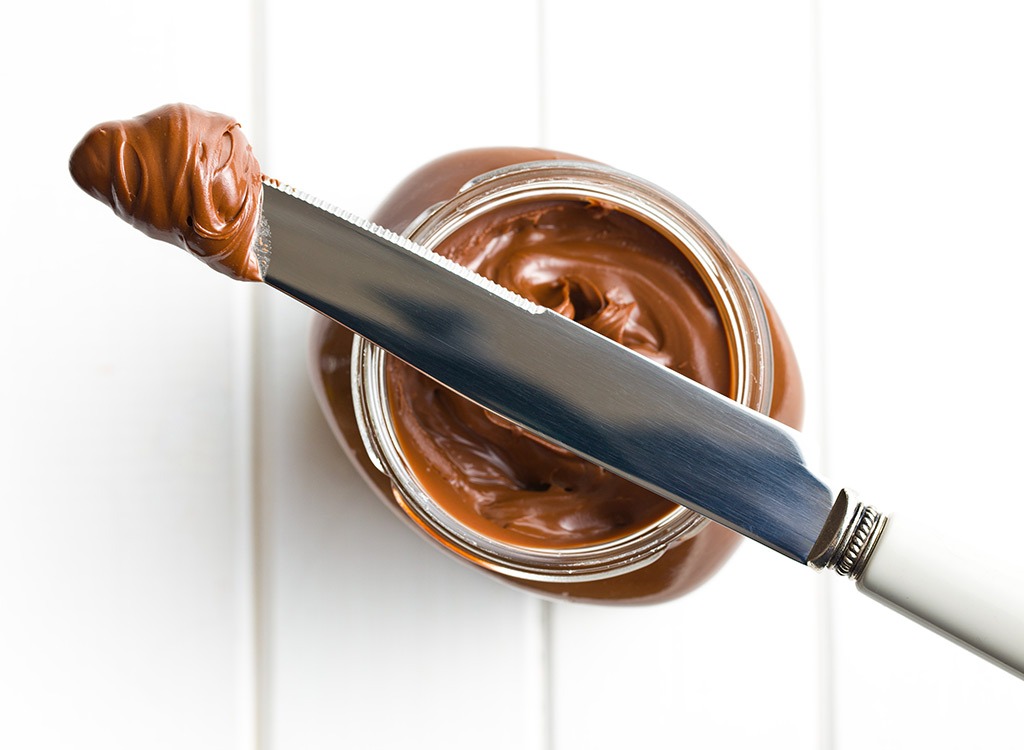
Nutella
Average calories per serving: 220
As delicious as it may be, Nutella is, unfortunately, the caloric equivalent of eating a candy bar sandwich. Two tablespoons of the chocolate hazelnut spread, which is enough to modestly coat a slice of toast, contains 200 calories and 21 grams of sugar. Shockingly, a Snickers bar, which contains 250 calories and 27 grams of sugar, isn’t that different.
Eat This, Not That! Tip: We hate to tell ya, but put the Nutella down and try some nutrient-rich (no sugar added) almond butter instead.
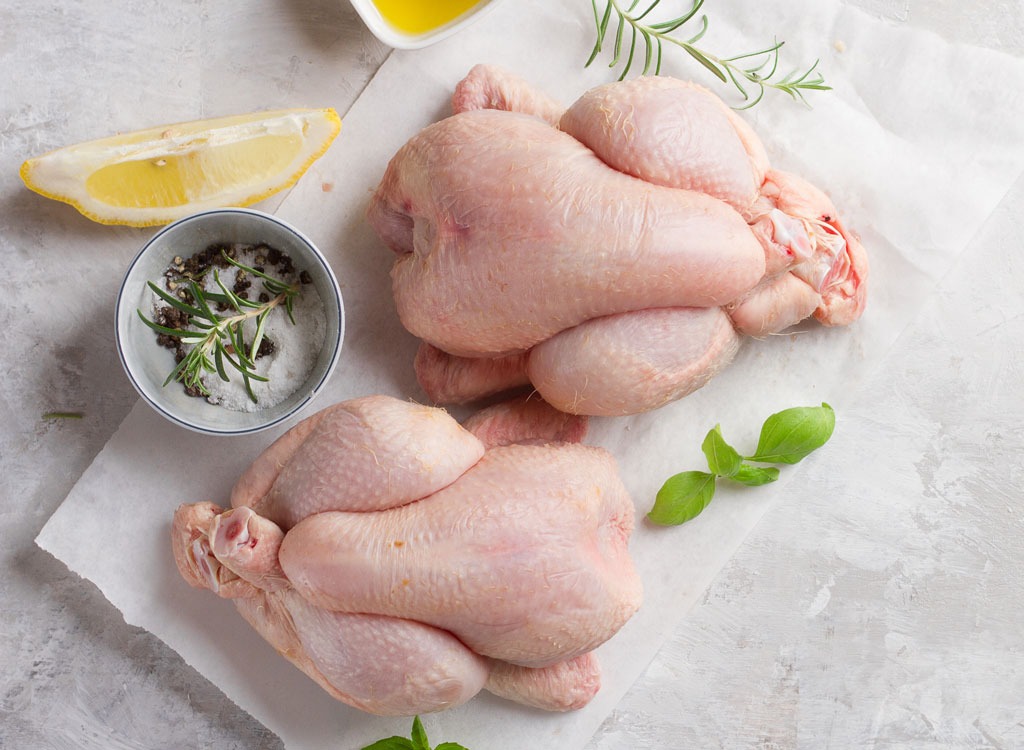
Chicken Skin
Average calories per serving: 100
Plain chicken breast is one of the healthiest, leanest proteins you can find, but a lot of people don’t give second thought to eating it skin-on. Sure, the skin is crispy, salty, and delicious, but you might want to peel it off next time you chow down. The average four-ounce skinless chicken breast contains about 100 calories, but if you leave the skin on the calorie count instantly doubles. The unhealthy skin also adds about ten grams of fat, a third of which is saturated.
Eat This, Not That! Tip: Learn how to buy the healthiest chicken with these helpful pointers.
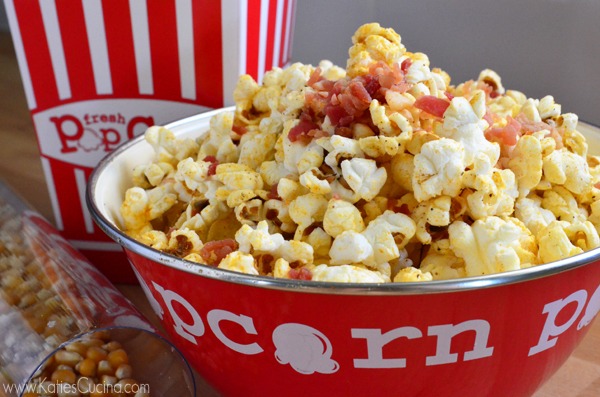
Movie Popcorn
Average calories per serving: 500 and up
If you usually work your way through a large popcorn every time you head out to the movies, you might want to reconsider. Movie theater popcorn and all the butter and salt that come with it is insanely unhealthy, with a medium popcorn from Regal Cinemas clocking in at 720 calories, and a large at a whopping 960. Popcorn in and of itself is actually a healthy snack, so pop some at home in olive oil and a pinch of salt.
Eat This, Not That! Tip: At just 120 calories, your homemade version is a fraction of the calories but just as delicious.
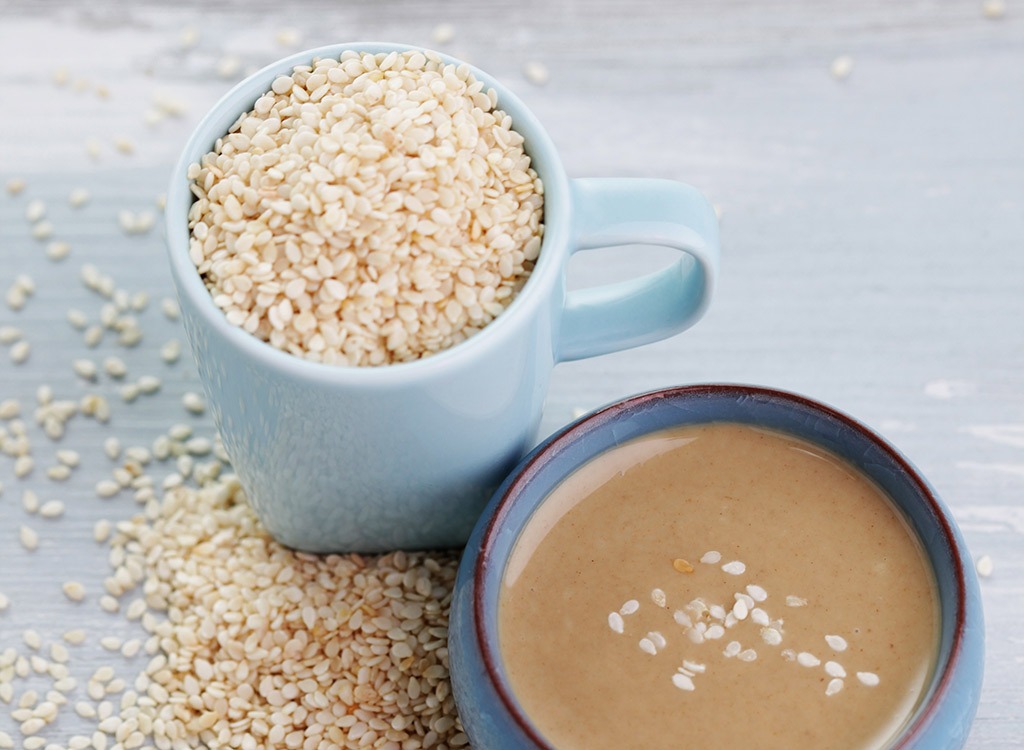
Tahini
Average calories per serving: 90 and up
At 89 calories and 8 grams of fat per tablespoon, Tahini—a sesame paste popular in Mediterranean and Middle Eastern cuisine—is a fairly calorically dense food. While it has no sugar and is full of healthy nutrients like iron and calcium, it’s super easy to go overboard when it comes to this tasty topping.
Eat This, Not That! Tip: Stick to a two tablespoon serving if you really want to keep your calories in check.
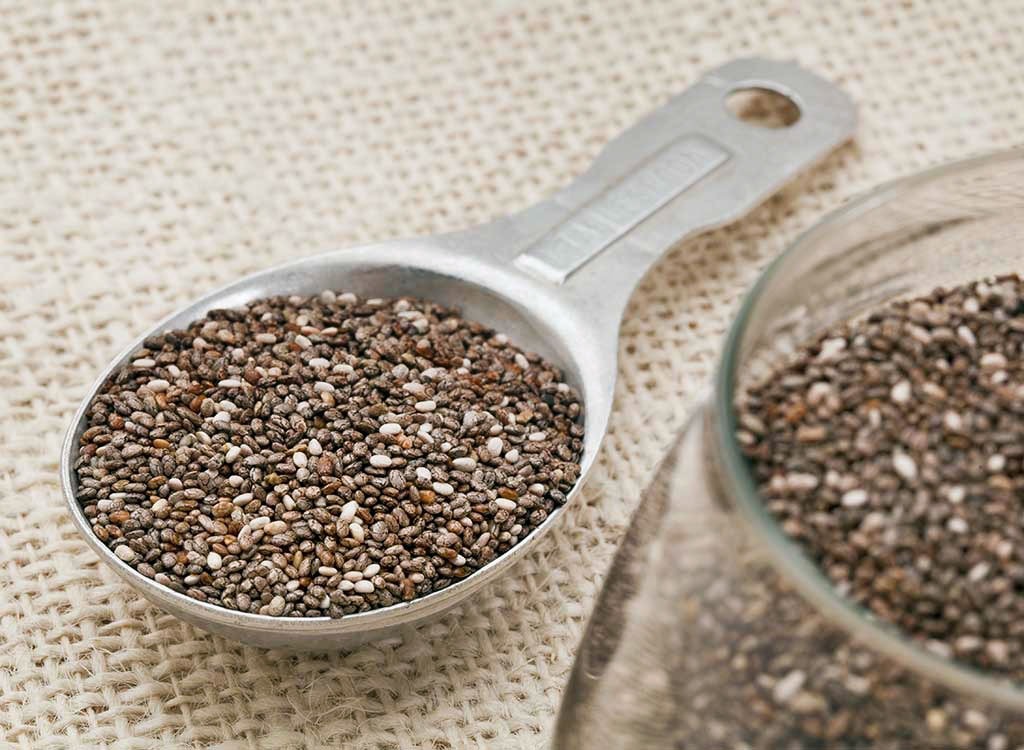
Chia Seeds
Average calories per serving: 70
This superfood is more popular than ever these days, and it’s easy to toss a handful into a bowl of cereal or a smoothie, but be careful not to overdo it. A single tablespoon of chia seeds contains 70 calories, meaning you can easily add an extra 200 calories to that cereal bowl or smoothie without even realizing it.
Eat This, Not That! Tip: Learn how to incorporate chia seeds into your meal more efficiently instead.
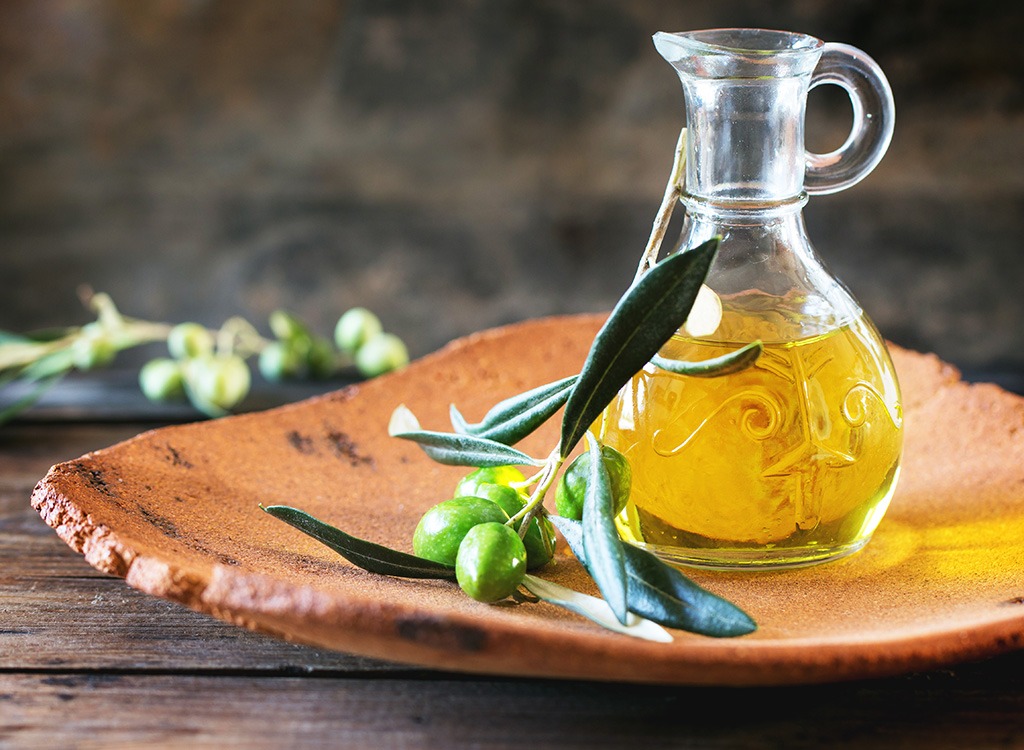
Olive Oil
Average calories per serving: 240
Olive oil is another healthy food that should be consumed in moderation for those counting calories. Just two tablespoons of olive oil adds 238 calories to your meal, and if you saute vegetables or a piece of fish with it, the calories can add up very quickly.
Eat This, Not That! Tip: Yes, olive oil is full of healthy fat (the kind that may even help you drop pounds), but just remember that it’s also full of calories so use it sparingly.
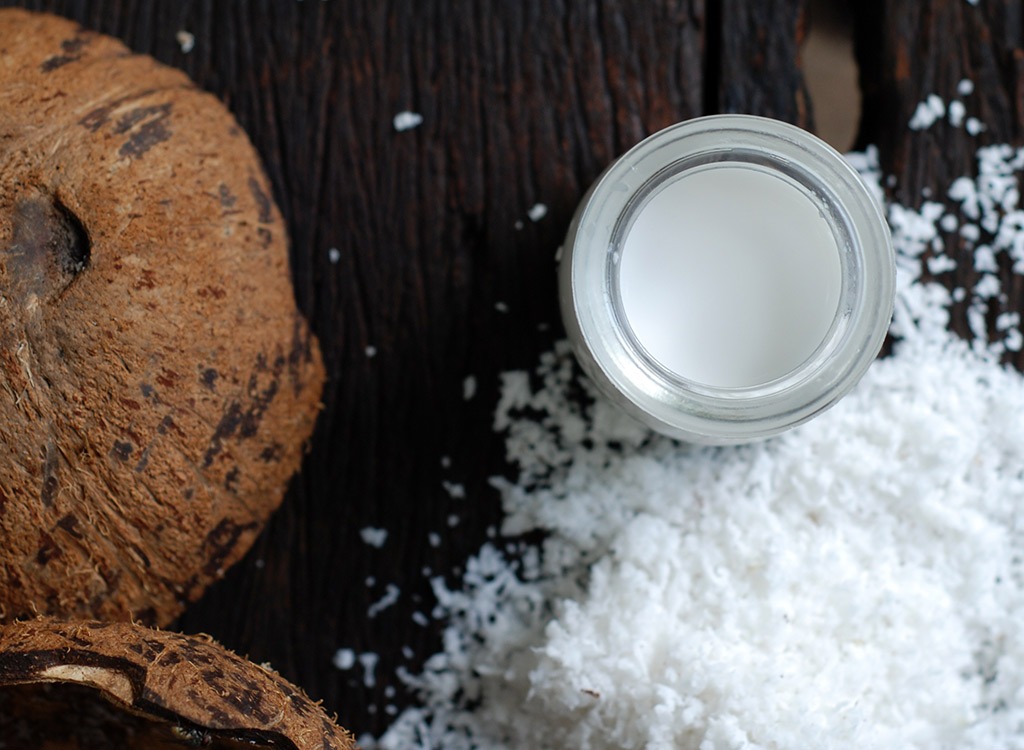
Coconut Milk
Average calories per serving: 550
Coconut Milk may have the potential to speed up your metabolism and help boost your weight-loss efforts, but it’s most definitely not calorie-free. One cup of coconut milk has a hefty 552 calories and a whopping 57 grams of fat.
Eat This, Not That! Tip: Be sure to check the nutrition label and try to find one with 100 calories or less per serving instead, or try something lighter like Silk’s Original Almond Coconut blend.
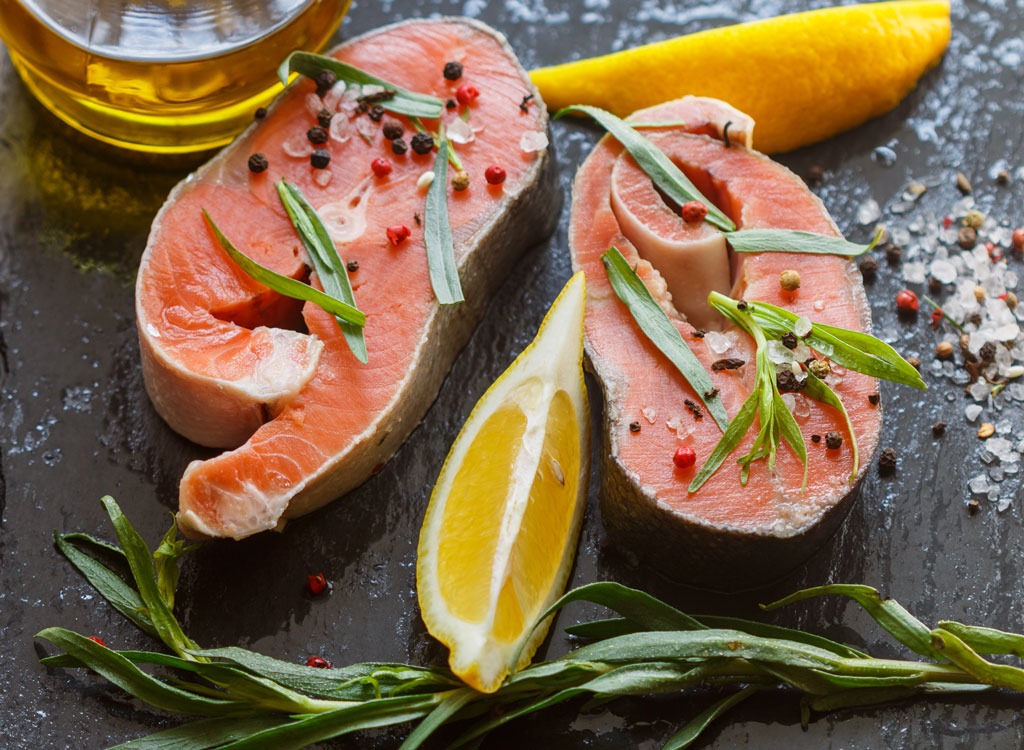
Salmon
Average calories per serving: 400 and up
While salmon is a terrific source of protein, it’s not as light on calories as you might think. One salmon fillet serving has 412 calories, and if it’s cooked in butter or olive oil your fish entree could easily set you back more than 600 calories.
Eat This, Not That! Tip: Keep your serving size in check (3 ounces or less) and prepare your salmon at home with no extra butter or sauces. That way, you avoid excess calories while still reaping the health benefits of this delish fish.
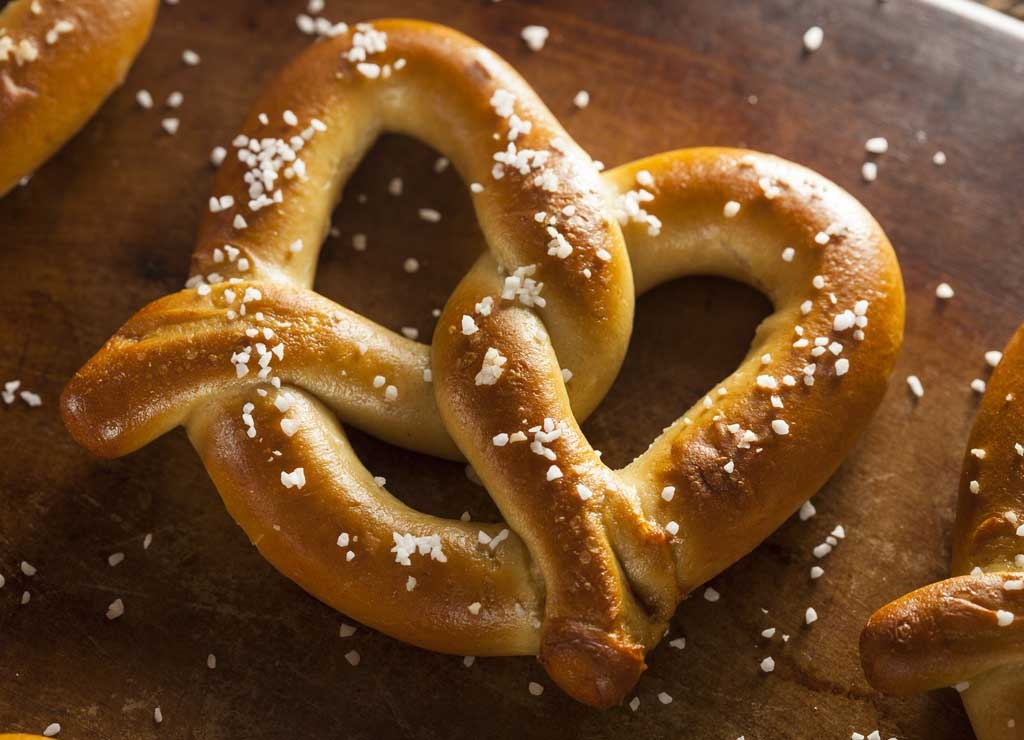
Pretzels
Average calories per serving: 200 and up
Even though most pretzels are fat-free, many of them can contain more than 200 calories per serving and have little to offer by way of additional nutrition. If you do have a yen for some pretzels, dish out a single serving.
Eat This, Not That! Tip: Should you still be looking for something a bit more substantial, consider dipping your pretzels in a tablespoon or two of hummus, which will add some nutrition to the equation because it’s a good source of fiber and protein.








